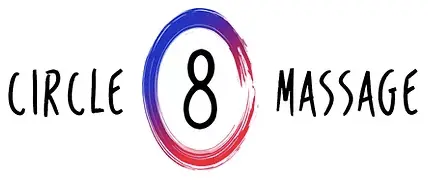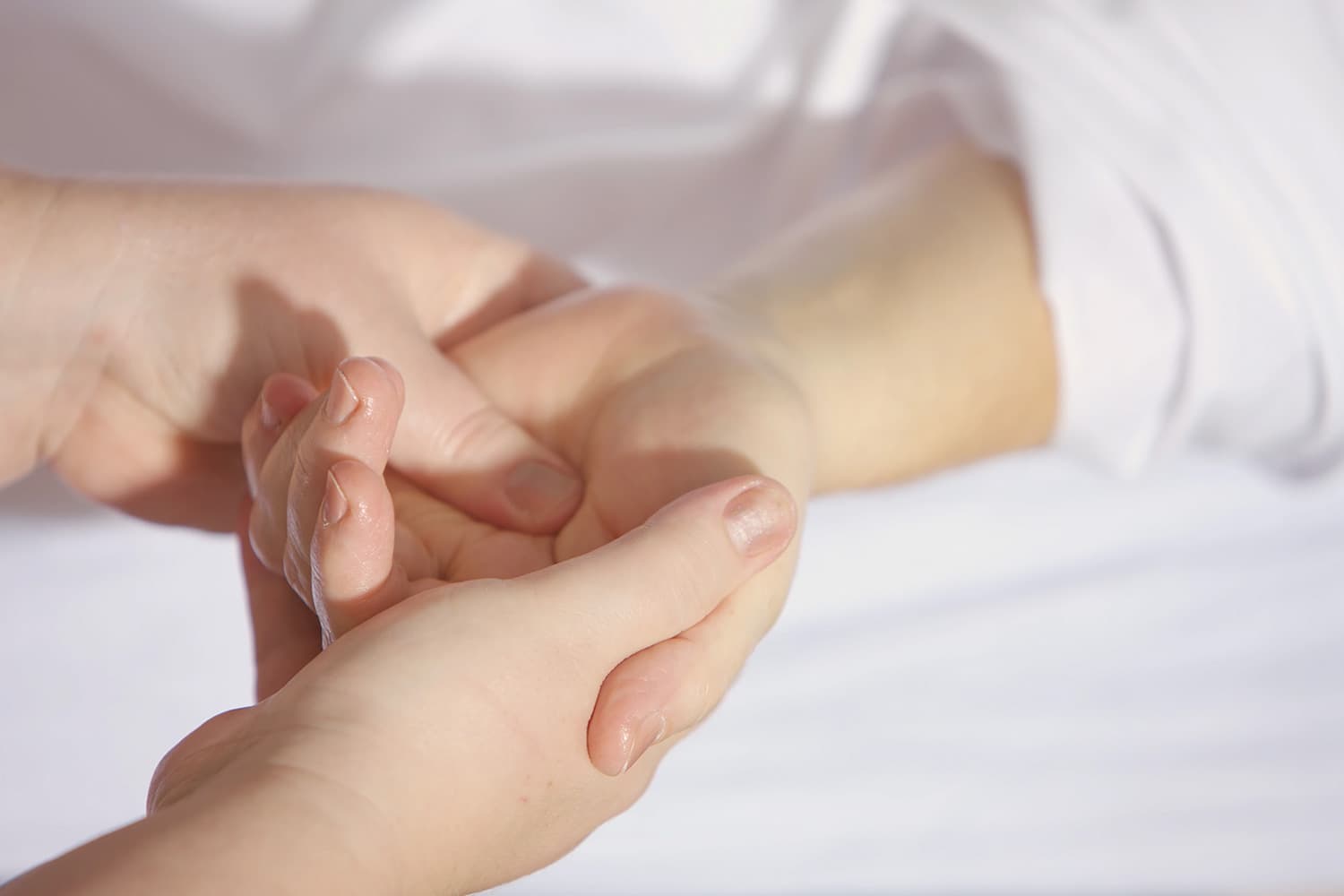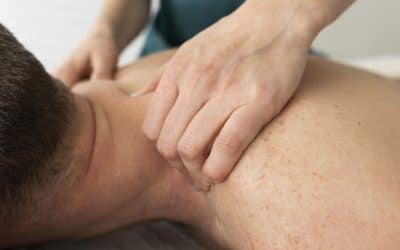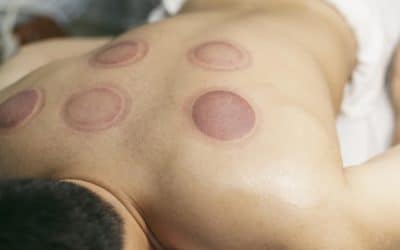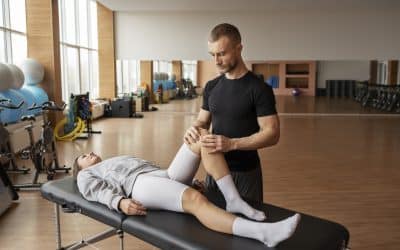Myofascial release and trigger point therapy are popular practises in sports and regenerative medicine targeting pain, injury and reduced mobility. And they’re often used interchangeably, but they are not exactly the same. We’ll explore what each treatment is, how it works, who it might help, what it costs, how often to attend treatments and what to expect in this 7-minute read.
What is myofascial release and trigger point therapy?
A trigger point massage is performed with a special focus on any chronic pain or areas of tightness. It’s an effective form of pain management that uses targeted high-pressure movements with more flowing strokes to relieve trigger areas. Trigger point therapy is foundational to Myofascial release therapy, but they’re not exactly the same. According to fellow US practitioners, Elements Massage, “The word “fascia” refers to flexible bands and bundles of [fibres] that connect your organs to your muscles and bones. Fascia can tighten and become tense over time, forming what some people call “trigger points” or “muscle knots.”
Myofascial release therapy gently kneads these trigger points to make them nice and flexible again. This relieves the pain they cause and improves your range of motion.” Trigger therapy does the same thing, but it doesn’t include the stretching or light load work of Myofascial release therapy.
Who does it help?
According to Healthline, “Patients with myofascial pain syndrome frequently benefit from this type of therapy. People who experience chronic headaches may also find relief from myofascial release. Gently massaging on tightened muscles in and around the neck and head may reduce headaches. Some people with venous insufficiency, which occurs when blood pools in the deep veins of the leg, may also be candidates for myofascial release. During venous insufficiency, the blood pool stretches and eventually damages the veins in your legs. You may experience an aching and painful sensation in the affected leg.
[The myofascial release] might be used in conjunction with other treatments to reduce the pooling and pain caused by venous insufficiency.” Athletes and those with a chronic reduction in the movement of joints would also benefit from the stretching and load work of Myofascial. If the pressure point work is all that’s needed, then a more fundamental trigger point therapy course will suit you.
What do you expect during treatment?
During the 60-90 minute session, your therapist will check for tightened areas following your consultation. For both treatments, light manual pressure will be used to work out these knots or stiff areas through the muscle and connective tissue until it’s fully released. If you’re getting myofascial release treatment, you’ll also be guided through a series of stretches and light load movements to improve your range of motion, circulation and flexibility.
You may feel some soreness or light pain during treatment due to the proximity of the treatment to your pain source. But your therapist will look to minimise any discomfort. It’s important to talk with your therapist about your concerns, overall health and specific injuries so they can tailor your treatment programme. During the course of your treatment programme, the specific techniques used will vary slightly to account for your progress towards your goals.
What does it cost?
The price of trigger point massage or myofascial release therapy varies by practitioner, but £.50-£1 per minute is the general standard for UK sports massage rates. Usually, you’ll have a consultation first and then you’ll agree on a course of treatment. There are often discounts if you pre-book your treatment course. Talk to our helpful team about our attractive consultation and 1st treatment bundle here. Our goal is to make these treatments both effective and affordable for the average person to try in lieu of more aggressive treatment options like surgery.
How often should you get myofascial release and trigger point therapy?
For most people, you’ll see improvement within 4-12 weeks of treatment. During your consultation with our team, we’ll make notes of your pain issues, injuries and treatment goals to design a plan that fits into your wellness agenda and overall lifestyle. There’s no set amount of time for any single treatment plan from the outset. It’s determined on a bespoke basis by your overall health and goals. Very severe conditions or treatment-resistant ailments might require more frequent or longer-term treatment plans.
